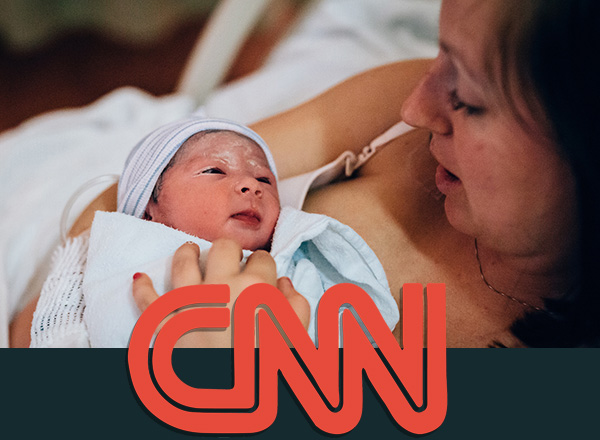Egg Retrieval, Sperm Collection and Fertilization in IVF
Egg Retrieval
Egg retrieval is performed before the second phase of an IVF cycle. It occurs when ovarian stimulation is successful. A day and a half after HCG is administered, a gynaecologist will use a needle to puncture the follicles.
Egg retrieval usually takes around half an hour to perform. The process can vary based on the number of follicles present. The whole process will be performed under sedation with a recovery period of around an hour.
Women must be at the clinic half an hour before the procedure. A cardiograph will then be performed. You can also talk with our staff about any other issues that you may have before your procedure.
Women should not eat or drink the night before their procedure
Sperm collection
On the day of the egg collection, the male partner must give a sperm sample. The semen should be gathered after a three to four-day abstinence from sexual activity. Masturbation is the preferred method of collection at the clinic. Your circumstances will be reviewed prior, and a recommendation will be made.
After the sperm collection is completed, the sample is sent to the lab to prepare for IVF. The spermatozoa are isolated from other elements in the semen and activated to fertilise the mature oocytes.
A slightly older sample may be used if masturbation cannot be performed on the day of egg retrieval. However, fresh samples are preferred to ensure the woman has the maximum chances of fertility. Other efforts can be tried after egg retrieval in cases where male infertility is severe.
In men with Azoospermia, spermatozoa are retrieved directly from the testis via surgery.
Oocyte fertilization
After egg retrieval and semen prep, the IVF will begin. In an IVF cycle, the embryologists place the mature oocytes in four dishes containing processed sperm. One of the sperm cells will fertilise the oocyte to start the process.
Fertilisation may be assisted by sperm injection (ICSI), a technique involving the injection of sperm directly into the egg. The eggs are then incubated in the lab overnight.
The embryologists perform a check for fertilisation approximately eighteen hours after the procedure. The first sign of fertilisation is the appearance of two pronuclei inside the egg. The fertilisation rate is usually fifty per cent and above. The variation in the success rate can be through things such as the maturity of the oocytes, semen parameters and other factors.
Book a Free Online Consultation with Dr Thanos Paraschos and his team

